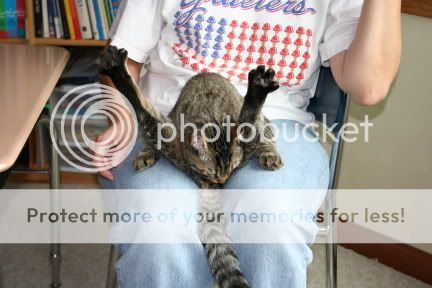TwoOldPoohs
Mouseketeer
- Joined
- Oct 6, 1999
- Messages
- 489
dcg0317 said:Fly protection.

Nice shot!
dcg0317 said:Fly protection.




Thank youTwoOldPoohs said:Nice shot!
prez65 said:
This bird was by the pond at OKW...it stayed in that position for about a half an hour....

The structure of cormorant and Anhinga feathers decreases buoyancy and thus facilitates underwater pursuit of fishes. Hence their plumage is not water-repellent, but "wettable." It has been suggested that the function of the spread-wing postures in these birds is to dry the wings after wetting. Biologists once thought that deficient production of oils from the preen gland necessitate wing-drying behaviors. We now know, however, that the degree of waterproofing of feathers is primarily due to their microscopic structure, not to their being oiled. In addition to helping wing feathers to dry, other suggested functions for these postures include regulating body temperature ("thermoregulation"), realigning of feathers, forcing parasites into motion to ease their removal, and helping the perched bird to balance.


 Everyone was walking right by- no one saw the tiger hiding behind the clump of grass.
Everyone was walking right by- no one saw the tiger hiding behind the clump of grass.
sorry to inform you but during his surgery i think they reattached his head in the wrong place....ohiominnie said:Here's my kitty after FINALLY getting his collar off after his surgery. He was SOOOOOO happy!!!!




jann1033 said:sorry to inform you but during his surgery i think they reattached his head in the wrong place....

















